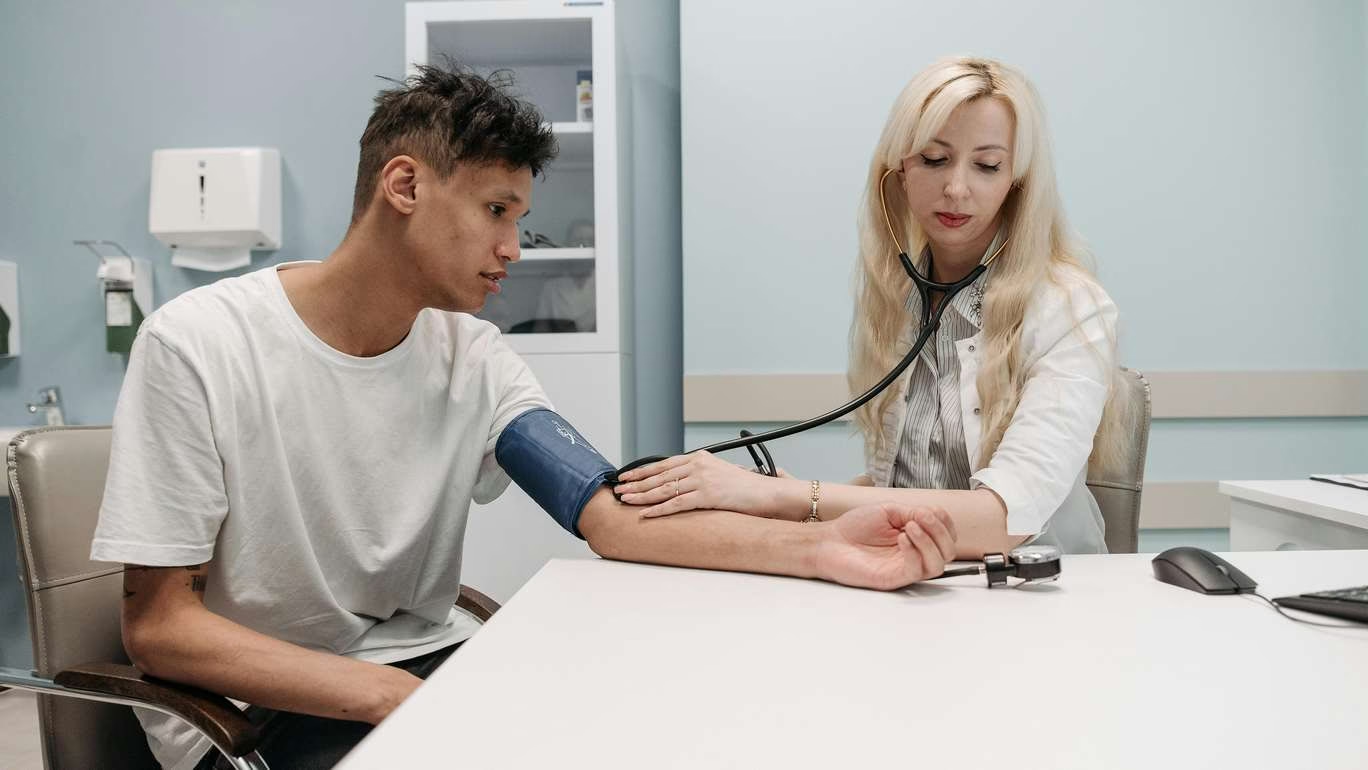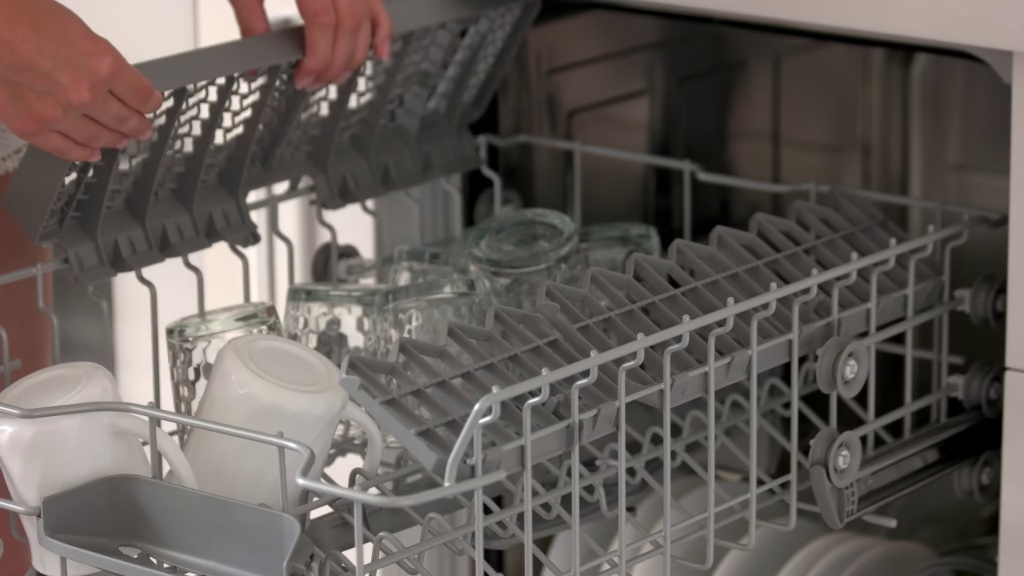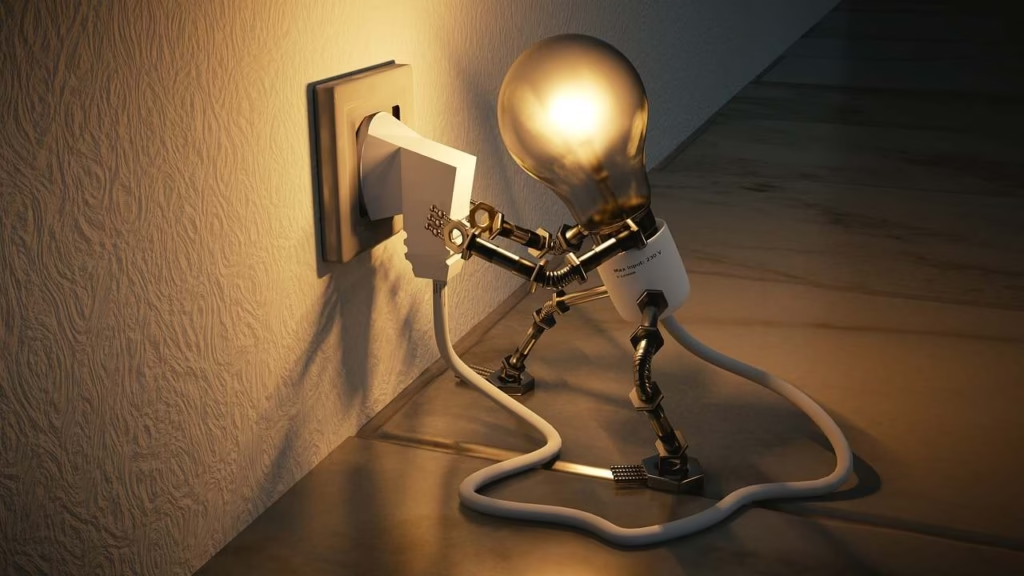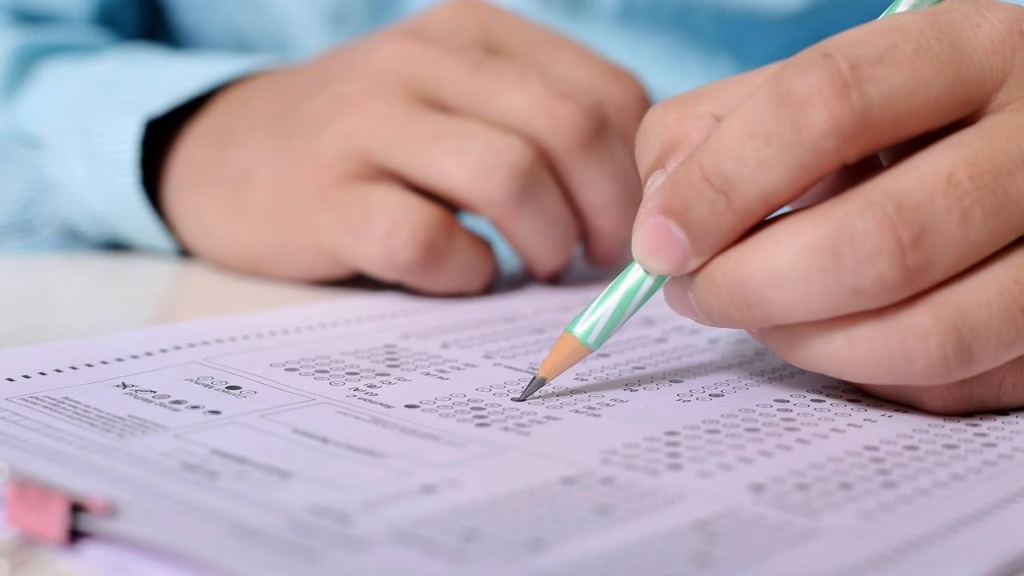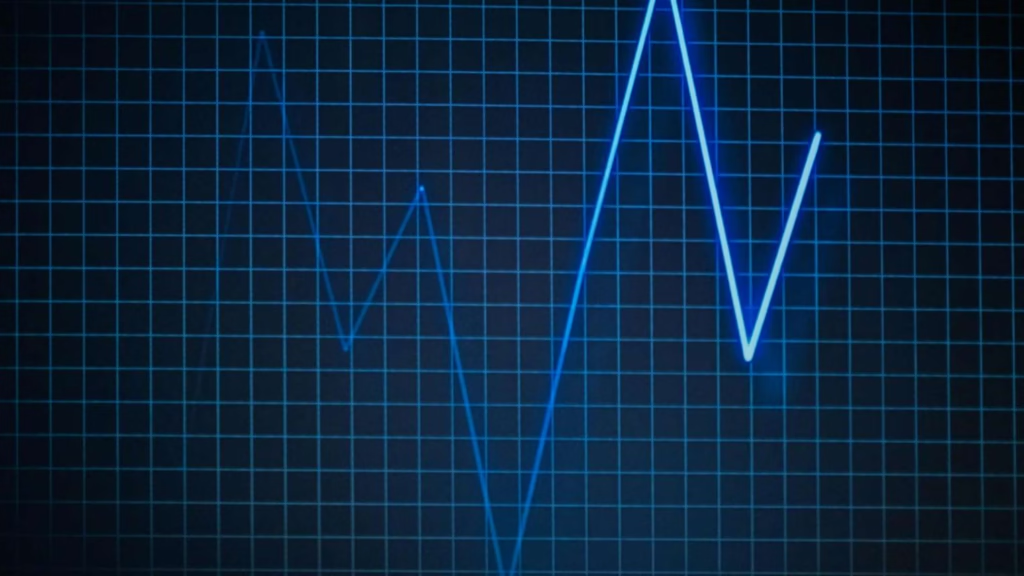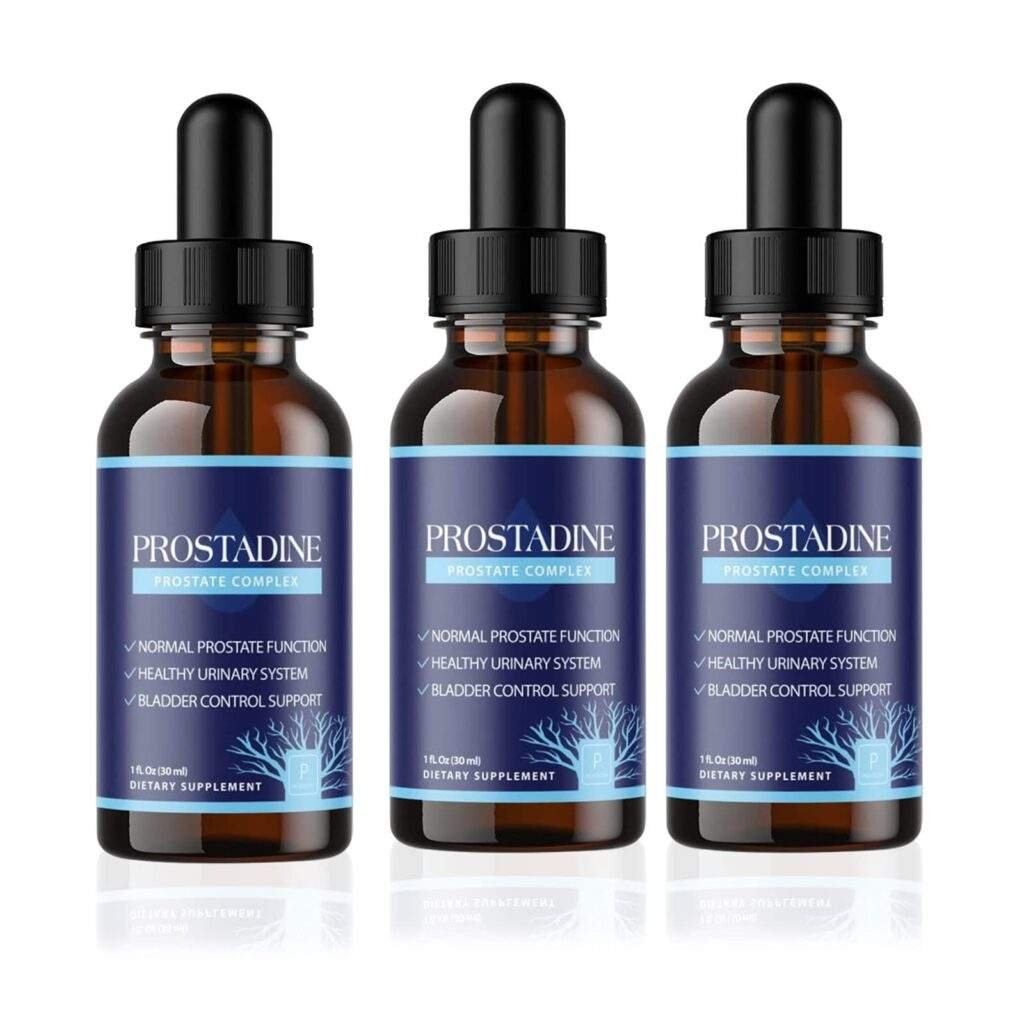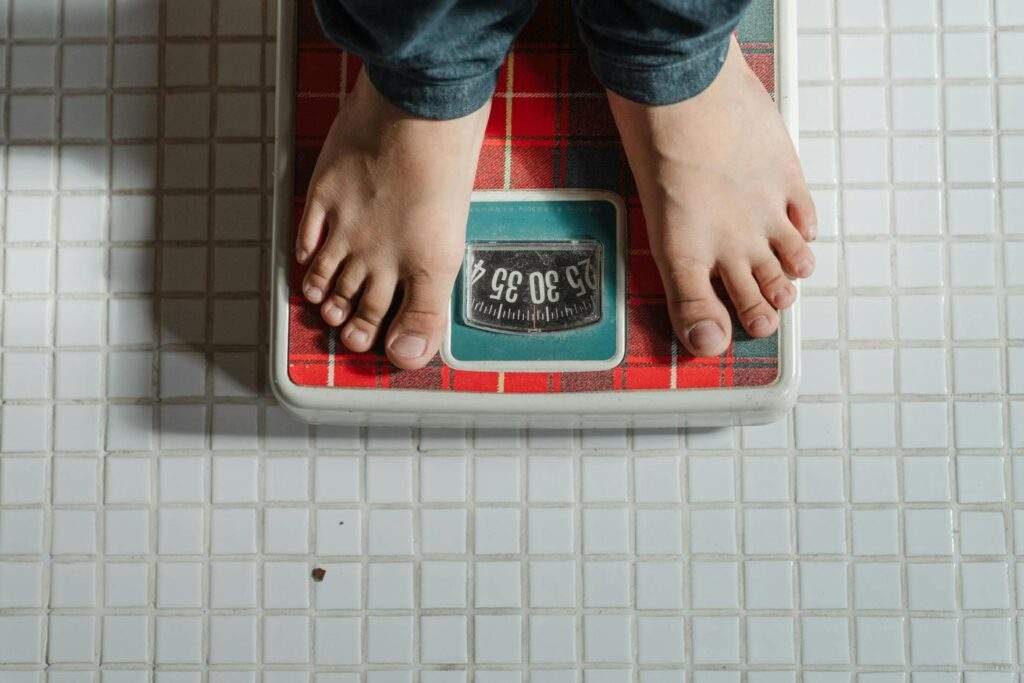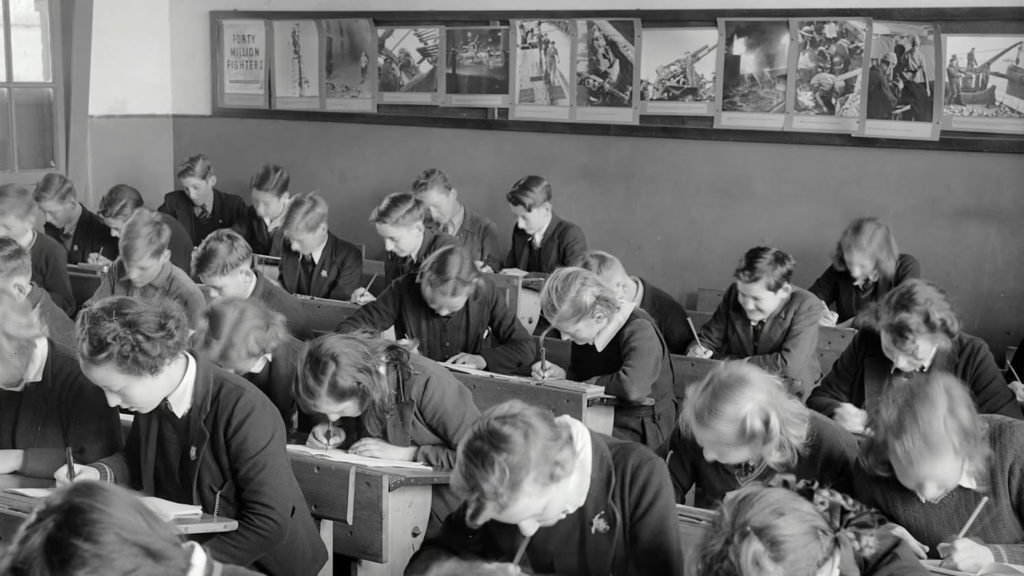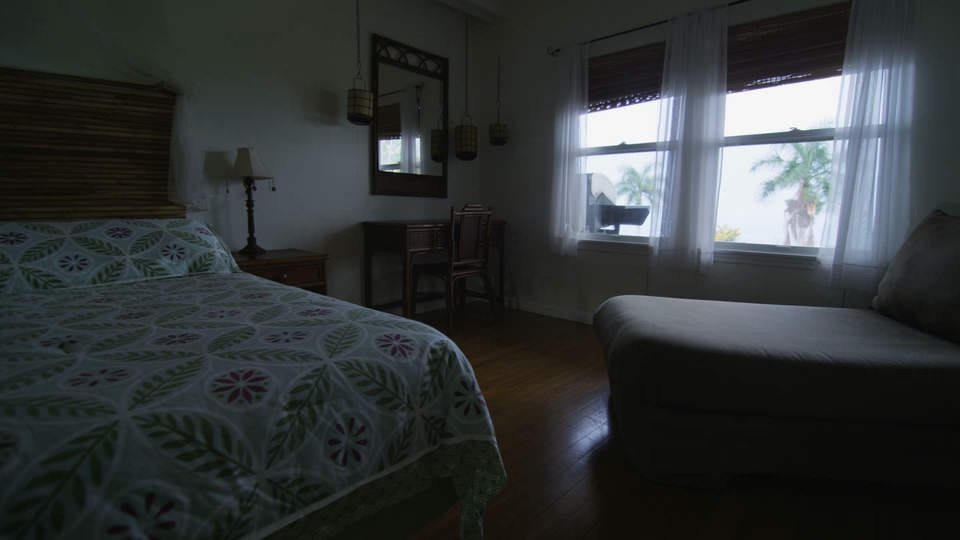Discover when to worry about your blood pressure readings with this expert guide. Learn normal ranges, signs of high and low BP, symptoms to watch for, and when to seek medical help to protect your heart health.
Table of Contents
Key Takeaways
Your blood pressure readings tell you a lot about your heart’s health. But it’s important to know when to be concerned. Normal levels are below 120/80 mm Hg. If your readings are consistently above 130/80, you may have high blood pressure. This might mean you need to change your lifestyle or take medicine. Check your MAP with our free calculator.
Low blood pressure under 90/60 isn’t always a problem. You should only worry if you feel symptoms like dizziness or fainting. Learn how to check your blood pressure at home the right way. Watch out for sudden spikes over 180/120, especially if you have symptoms. This is a medical emergency. Always talk to your doctor if you have ongoing issues. This can help prevent serious problems like a heart attack or stroke.
When to Worry About Your Blood Pressure Readings
Have you ever looked at your blood pressure monitor and felt unsure about the numbers? Heart disease is a leading cause of death. Knowing what your blood pressure means can save your life. High blood pressure is often called the “silent killer.” It can damage your arteries for years without any signs. But remember, not every change in your reading is an emergency. Some ups and downs are normal.
This guide will help you understand your blood pressure readings. You will learn when to worry about your levels. We will cover the basics, normal ranges, and red flags for both high and low blood pressure. You will also get practical tips to take control. By the end, you will feel confident about monitoring your health. You will know exactly when to call your doctor.
Understanding Blood Pressure Basics
Blood pressure is more than just two numbers. It shows how well your heart and blood vessels are working. Let’s break this down so you can understand your own readings.
What Is Blood Pressure?
Blood pressure measures the force of blood against your artery walls. Your heart creates this force as it pumps. The reading has two numbers. The top number is systolic pressure. This is the pressure when your heart beats. The bottom number is diastolic pressure. This is the pressure between heartbeats.
Your readings change during the day. Activity, stress, and even the time of day affect them. They are usually lowest at night and rise in the morning. Don’t worry about a single high reading. Look for patterns over time.
High blood pressure, or hypertension, means the force is too strong for too long. This strains your heart and blood vessels. Low blood pressure, or hypotension, means the force is too weak. This can mean not enough oxygen reaches your organs.
How to Measure Blood Pressure Accurately
Getting an accurate reading is very important. Checking at home is a great tool, but you must do it right.
- Pick a good device: Use an upper-arm cuff. Wrist or finger monitors are less reliable.
- Get ready: Avoid coffee, exercise, or smoking for 30 minutes before. Sit quietly for 5 minutes with your feet flat on the floor. Use the restroom first.
- Sit the right way: Sit with your back supported. Rest your arm on a table so it’s level with your heart. Make sure the cuff is snug on your bare skin.
- Check more than once: Take two readings, 1-2 minutes apart. Write down the average. Also note the time and how you were feeling.
- Track your trends: Check at the same times each day, like in the morning and evening. This helps you see the real picture.
Doing this helps you avoid mistakes. You will know when a reading is truly a cause for concern.
Normal Blood Pressure Ranges
Knowing the standard ranges helps you understand your own numbers. Major health groups have clear guidelines.
Here are the blood pressure categories for adults:
| Category | Systolic (mm Hg) | Diastolic (mm Hg) | What It Means |
|---|---|---|---|
| Normal | Less than 120 | and Less than 80 | Great! Keep up your healthy habits. |
| Elevated | 120-129 | and Less than 80 | You are at risk. Take steps to prevent high blood pressure. |
| Stage 1 Hypertension | 130-139 | or 80-89 | High blood pressure. See a doctor for lifestyle changes and maybe medicine. |
| Stage 2 Hypertension | 140 or higher | or 90 or higher | More severe. You likely need treatment to lower your risks. |
| Hypertensive Crisis | Higher than 180 | and/or Higher than 120 | Emergency care needed if you have symptoms. |
Children and teens have different ranges. Also, know your own usual numbers. A sudden change from your normal baseline is a reason to pay attention.
Signs of High Blood Pressure: When to Be Concerned
High blood pressure affects many adults. Often, there are no clear signs. Knowing when a reading is a problem is key for staying healthy.
Hypertension Stages and What They Mean
Elevated readings (120-129/<80) are a warning sign. It’s time to be more careful. Stage 1 (130-139/80-89) increases your risk of heart disease. Stage 2 (140+/90+) means you need to take action now.
One high reading is not a sure sign. Check your blood pressure over a week. Consistently high readings are the real concern.
Symptoms and Risks of High Blood Pressure
Most people with high blood pressure feel fine. But watch for these signs:
- Headaches
- Shortness of breath
- Nosebleeds
- Dizziness or chest pain (in serious cases)
If you don’t treat high blood pressure, it can lead to a heart attack, stroke, kidney damage, or vision loss. Your risk is higher if you are older, have a family history, are overweight, smoke, eat a lot of salt, or have stress.
What to do in a crisis: If your reading is 180/120 or higher, wait one minute and check again. If it’s still that high and you feel okay, call your doctor soon. If you have chest pain, shortness of breath, back pain, numbness, or vision changes, call 911 right away. This is a hypertensive emergency.
Low Blood Pressure: Is It a Problem?
Low blood pressure is less common, but it can also be a problem. It’s important to know when a low reading is worrisome. Use our map blood pressure formula tool regularly.
Symptoms and Causes of Low Blood Pressure
Low BP is usually under 90/60 mm Hg. It’s only an issue if you have symptoms. Common signs are:
- Dizziness or feeling lightheaded
- Fainting
- Feeling tired
- Blurred vision
- Nausea
Causes include dehydration, some medicines, heart problems, or pregnancy. Many older adults get dizzy when they stand up too fast. This is called orthostatic hypotension.
When Low BP Readings Warrant Worry
If your reading is low but you feel fine, don’t worry. Some people naturally have low blood pressure. But be concerned if your pressure drops suddenly or you often feel confused, weak, or have a fast heartbeat. These could be signs of shock. See a doctor if your symptoms affect your daily life or happen after an illness or injury.
When to Seek Medical Help for Blood Pressure Concerns
You don’t need to panic over every unusual reading. But acting at the right time can prevent big problems.
- Regular check-ups: Get your blood pressure checked every 1-2 years if it’s normal. If you are over 40 or at risk, get it checked every year.
- Consistently high readings: See a doctor if you have multiple readings in the Stage 1 range or higher.
- Sudden changes: Talk to your doctor if your numbers change sharply from your normal pattern, especially if you feel unwell.
- Real emergencies: Call 911 for a reading of 180/120 or higher with chest pain, shortness of breath, or signs of a stroke.
Bring your home monitoring log to your doctor’s visit. It helps them give you the best advice.
Lifestyle Tips to Manage and Prevent Alarming BP Readings
Simple steps can help you control your blood pressure and worry less.
- Eat well: Follow the DASH diet. Eat less salt and more fruits, vegetables, and whole grains. Avoid processed foods.
- Move more: Try to get 150 minutes of moderate activity each week. Walking or swimming are great choices.
- Manage your weight: Losing just a small amount of weight can lower your blood pressure.
- Reduce stress: Try mindfulness, yoga, or deep breathing exercises.
- Drink less and don’t smoke: Alcohol and smoking both raise your blood pressure and risk.
- Check regularly: Keep tracking your numbers to spot any issues early.
Talk to your doctor before making big changes, especially if you take medication.
Conclusion
Understanding your blood pressure doesn’t have to be scary. Know the normal ranges. Learn the symptoms. Understand when to take action. This knowledge protects your health.
Remember, the best defense is to check your numbers often and live a healthy life. If you are ever unsure about a reading, play it safe and call your doctor. Your heart will thank you for it.

